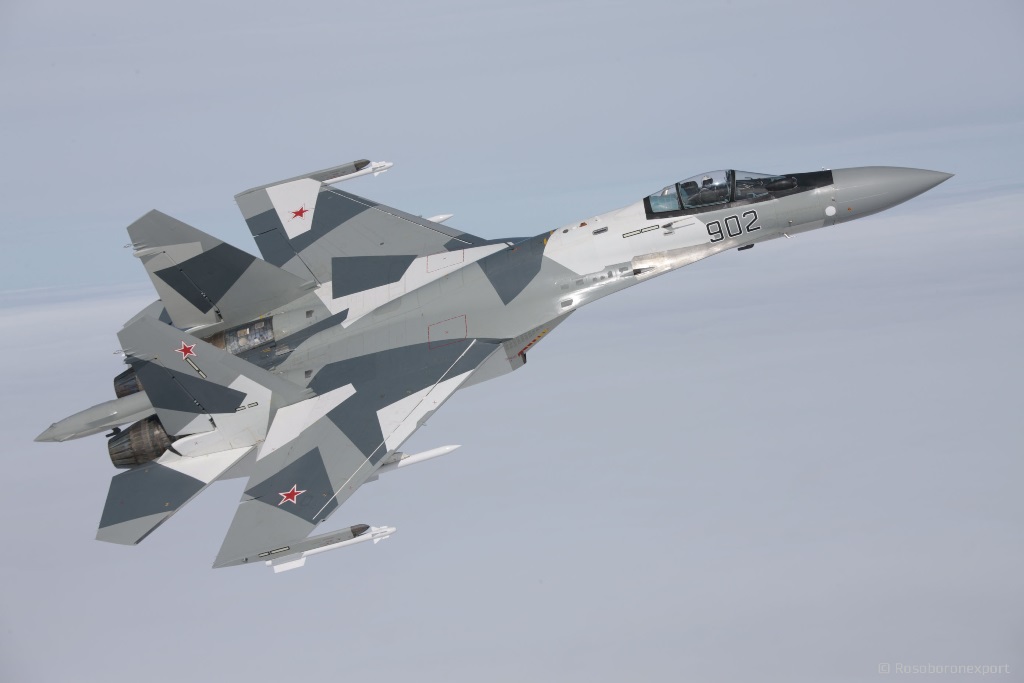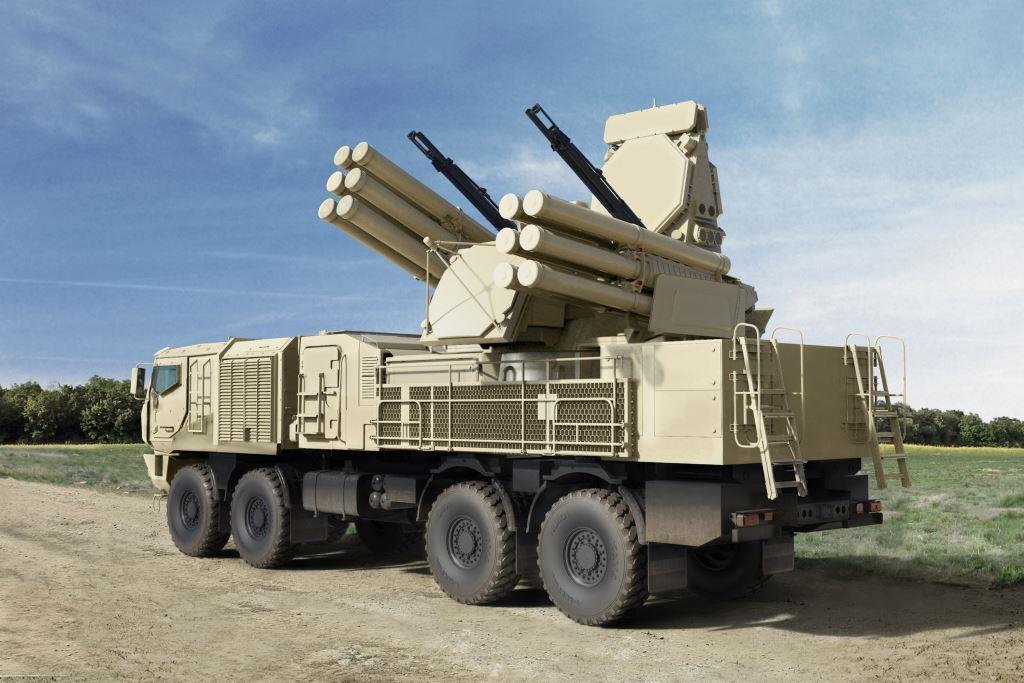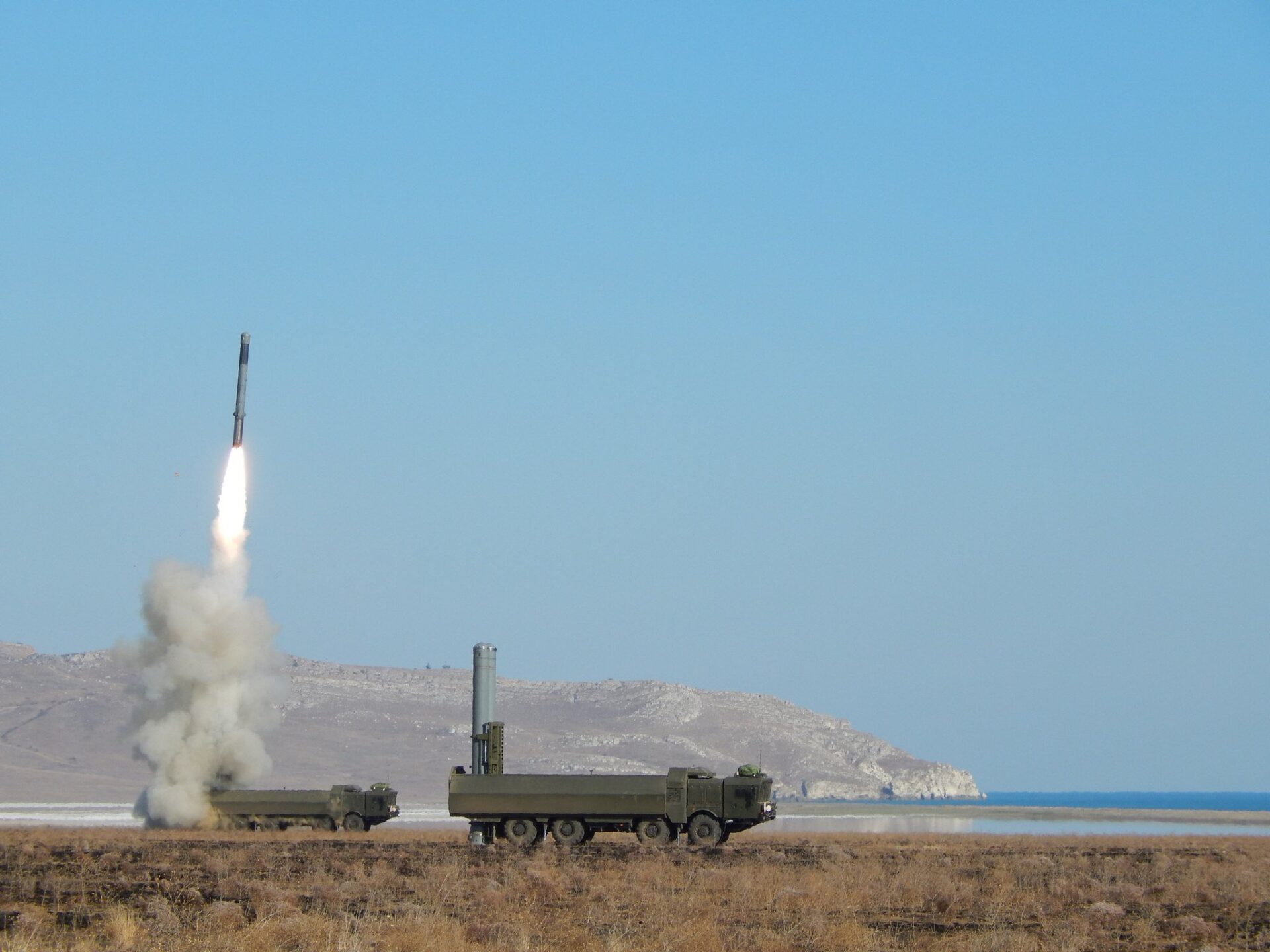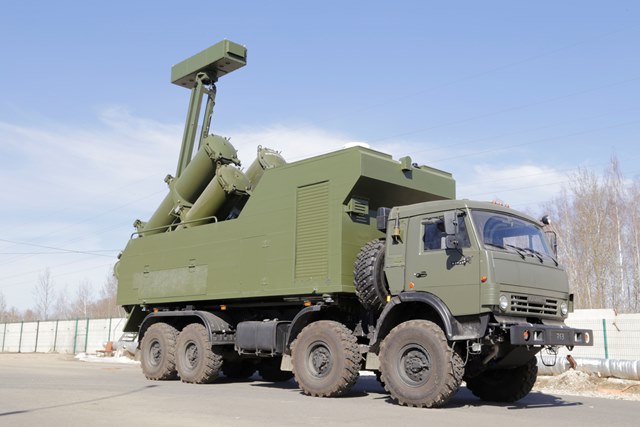Moscow Courts Jakarta With Fifth-Gen Fighters, Submarines and S-400 Systems
The Su-57E, Russia’s flagship stealth fighter, is designed for full-spectrum air dominance and precision strike missions, incorporating low radar observability, supermaneuverability, and next-generation avionics.
(DEFENCE SECURITY ASIA) — In a bold assertion of its regional defence ambitions, Russia has officially proposed the sale of its most advanced fighter aircraft — the Su-57E fifth-generation stealth jet and the 4++ generation Su-35 — to Indonesia, as part of a sweeping strategic engagement effort led by state arms export agency ROSOBORONEXPORT.
The announcement was made by ROSOBORONEXPORT Director General Alexander Mikheev, who detailed an extensive offering of high-end military platforms to Jakarta ahead of the Indo Defense Expo 2025.
“Our offers to Jakarta include the Su-57E fifth-generation and Su-35 4++ generation fighter jets, along with weapons systems such as the Kh-31PD and Kh-35UE guided missiles, IL-78MK-90A refueling tankers, Ka-52E and Mi-17-type helicopters, and unmanned aerial vehicles (UAVs),” Mikheev said.
The Su-57E, Russia’s flagship stealth fighter, is designed for full-spectrum air dominance and precision strike missions, incorporating low radar observability, supermaneuverability, and next-generation avionics.
With its stealth-optimized airframe, AESA radar, electronic warfare suite, and internal weapons bays, the Su-57E poses a formidable challenge to traditional Western air superiority fighters, especially in contested airspaces like the South China Sea and Eastern Indian Ocean.
The aircraft is capable of deploying a range of beyond-visual-range and close-combat air-to-air missiles, precision-guided munitions, and anti-ship weaponry — positioning it as a strategic multiplier in Indonesia’s air power architecture.
Alongside it, the Su-35 offers proven multirole versatility with its powerful Irbis-E radar, extended combat range, and the ability to simultaneously track multiple airborne and ground targets.

The Su-35 remains a cornerstone of Russia’s high-performance fighter fleet, offering a credible alternative to Western platforms at a lower procurement and lifecycle cost.
For decades, Southeast Asian nations including Vietnam, Malaysia and Myanmar have relied on Russian combat aircraft, benefitting from Moscow’s competitive pricing and minimal geopolitical strings attached.
Indonesia’s ongoing efforts to modernize its military — particularly amid regional maritime flashpoints and increasing U.S.-China tensions — make the Su-57E-Su-35 package a strategically compelling option.
Mikheev confirmed that ROSOBORONEXPORT will be a headline exhibitor at the Indo Defense Expo 2025, slated from June 11–14 at Jakarta International Expo, Kemayoran.
The Russian agency will showcase over 250 defence systems from across its military-industrial complex, encompassing air, land, sea, and electronic warfare capabilities.
“Most of the systems we are presenting have been tested under real combat conditions and have undergone upgrades based on battlefield feedback and performance,” he noted.

Among the highlights are armoured platforms tailored for amphibious operations such as the Sprut-SDM1 light tank and BMP-3F infantry fighting vehicle, ideal for Indonesia’s archipelagic terrain.
In the maritime domain, ROSOBORONEXPORT will offer the Project 636 diesel-electric submarine, renowned for its acoustic stealth and Kalibr cruise missile compatibility.
Also on display will be the Bastion mobile coastal defence system equipped with supersonic Yakhont and Rubezh-ME anti-ship missiles — enhancing deterrence in littoral and chokepoint areas.
Surface assets include the Project 22160 patrol ship and Project 20382 Tigr-class corvette, alongside high-speed BK-16 and BK-10 assault craft designed for riverine and narrow strait operations across the Indonesian archipelago.
“For most of the Russian-made defence equipment on display, ROSOBORONEXPORT is offering Jakarta the opportunity to initiate local manufacturing through domestic factories and shipyards,” Mikheev said.
This model of technology transfer and joint production aligns with global trends and supports Indonesia’s defence industrial base under its ‘Minimum Essential Force’ doctrine.



